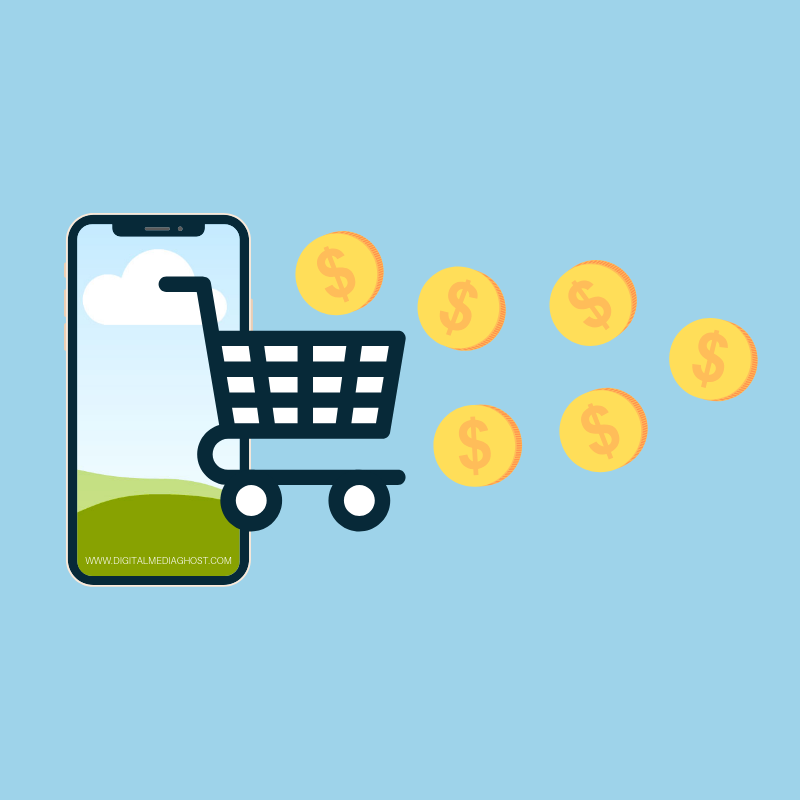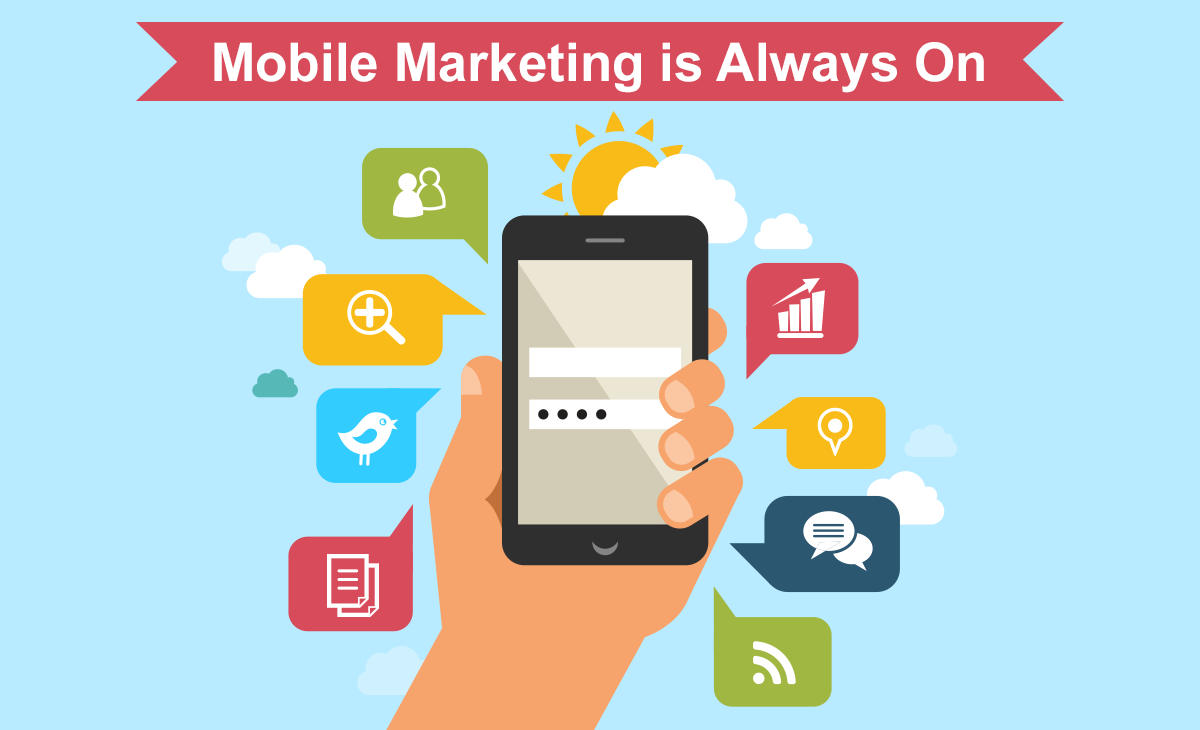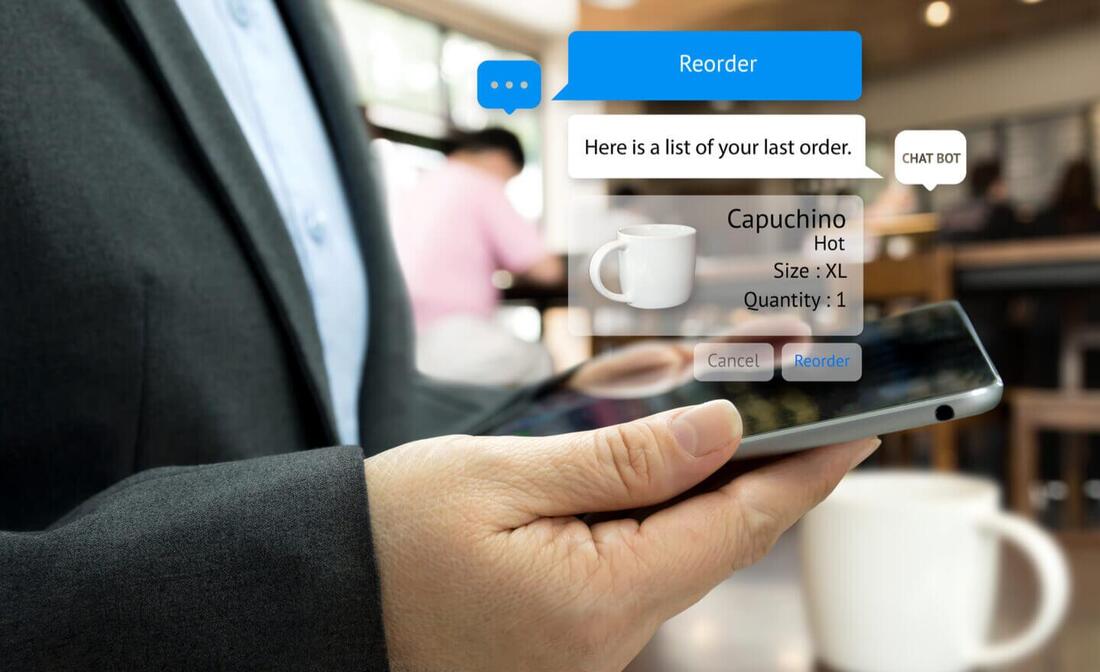On an average, U.S. adults spent 41% of their time on desktop and a surprising 59% on mobile, but just 15% of their purchase were made on mobile and a staggering 85% of their purchase were done on desktop. So clearly its convenience and everywhere accessibility is enticing, and the customer keep reverting to this despite the fact that m-commerce hardly accounts for 1/6th of their online purchases. So what can be done to make the customer choose m-commerce as not primarily an option of convenience but instead their medium of choice for shopping? Below mentioned customer trends provide an insight and points to be kept in mind for an e-commerce mobile app development company. Focus Mobile marketing as Consumers spend more time on smartphones
Consumers have had laptops and desktops as their primary screens but they are now swiftly being replaced by mobiles. And this shift is precisely why retailers should implement ‘mobile first’ marketing approach. During 2016, the global spending on mobile advertising surged by 103%, clearly indicating the significance of the m-commerce and following points to be kept in mind when creating an ad campaign for mobile platform.
Smart chatbots and mobile messengers are preferred way of getting in touch with brands
It’s easy to brush aside the concept of customer support chatbots in m-commerce which seems more like gimmick and novelty to the reticent merchants. But at the same time you can’t ignore the fact that names like Starbucks, H&M, and Nordstrom are on betting on chatbots and that the industry leaders are totally aboard the idea. And this isn’t out of the air, this is based on data. According to eMarketer, a big portion of social media users today prefer messenger apps (54.4%) to get in touch with brands in contrast to phone calls, email, or traditional online chat (46.6%). This ultimately results in smart bots, which can.
In fact, consumers go with any feature that helps make their shopping more comfortable. Making everything product related available to consumer: Omni channel presence The desktop has been left in dust thanks to modern shoppers being glued to their smartphones. A big chunk of that time is taken browsing on an app, particularly shopping. One can certainly list the advantages and disadvantages of native ecommerce apps, but there’s also no denying the benefits to ecommerce brands of app notifications which help track, authenticate and reach buyers. Furthermore, having an ecommerce mobile app solution for your storefront definitely gives a more personalized experience to consumers that’s extraordinary. That aside, data provided by BigCommerce states that the purchases made via desktop are on average 50% higher than that of mobile orders. Subsequently, it’s important for ecommerce storefronts to cover all their bases for mobile and desktop shoppers alike, with an omni-channel presence. Giving Consumers Mobility and Flexibility Our ways of consumption as well as our way of life both have been affected by the smartphone significantly. As a byproduct of our increased portability we can expect all aspects of life to adapt. This is in agreement with Postnord’s yearly report, which outlines that E-commerce in the Nordics, and states that for 33,5% of Scandinavians shopping online is a preference because one can choose to consume whenever there’s a slot available in the hectic lives led by us and 10,5% cite geographical convenience as reason to shop online. This directly means that consumers seek a breezy online shopping experience irrespective of the media of purchase, i.e. a long dull commute or a desk. M-commerce firms should keep this trend in mind. Enhanced security and convenience of e-payments: single-click payments The biggest hurdle in m-commerce is the security of payment methods, considering the how sometimes purchases are made where networks are unreliable or any other cause. One click payment not only simplifies the transaction but also drastically cuts down the failure rate of e-payments. Amazon holds somewhat of a monopoly on true one-click purchasing, according to a long-standing patent. Amazon’s success has been defined by the ability to repeat business in a single click minus entering information previously supplied. It will be interesting to see what other firms come up with to smoothen the payment process for buyers. At the same time it’s also important to note that rise in single click payments will contribute to ‘impulse buying’ via mobile. By reducing the barriers between shoppers and products, the consumer has lesser chances of dropping out of a transaction or changing his mind which is beneficial in any case for m-commerce merchants in future. Summary M-commerce has been described as a ‘trend’ it would be more appropriate to call it a necessity in the current scenario for a memorable customer experience. Overlooking the continuous and always improving development of the mobile experience means, discrediting the needs of your customers and their demands. Failure to deliver a top notch smartphone experience will turn away at least 40% of your customers towards your competition. So, before it gets too late, kick start your move towards a mobile-optimised customer experience that corresponds to the customer’s lifestyle and consumption patterns
Author bio:
Rakesh Jain is the co-founder and CEO of MobiCommerce, a leading multi-vendor marketplace software solutions provider. When he is not busy taking the company to newer heights, he writes for top publications, teaching eCommerce store owners different ways to manage, grow and scale their business. You can follow him on Twitter. |
Categories
All
Archives
November 2023
|
|
Locations:
New Orleans, LA Nashville, TN |
|
Digital Media Ghost @2020
|





 RSS Feed
RSS Feed
